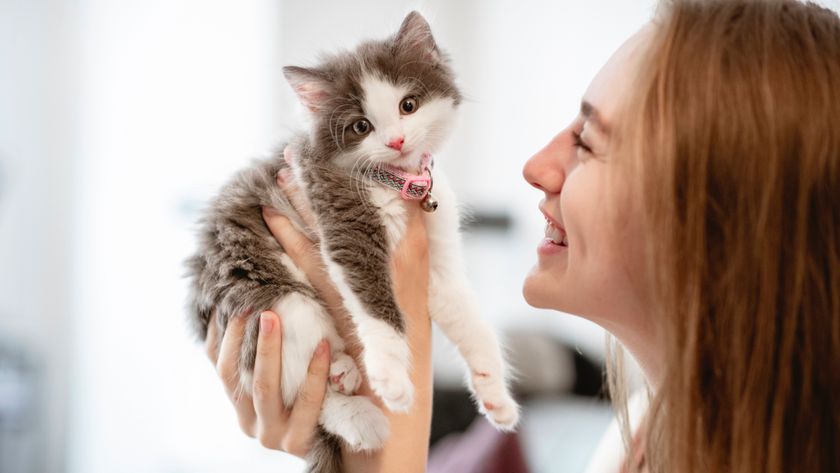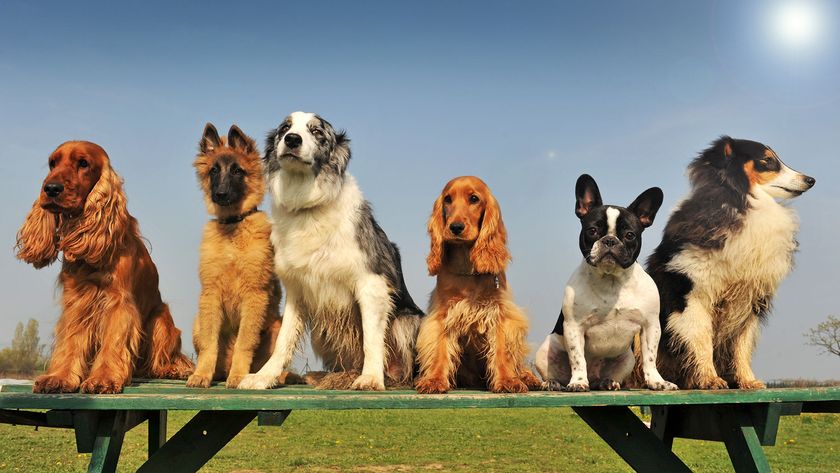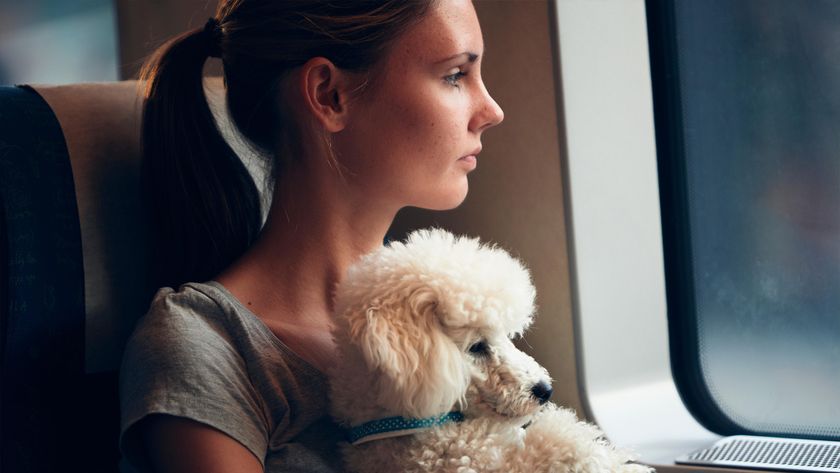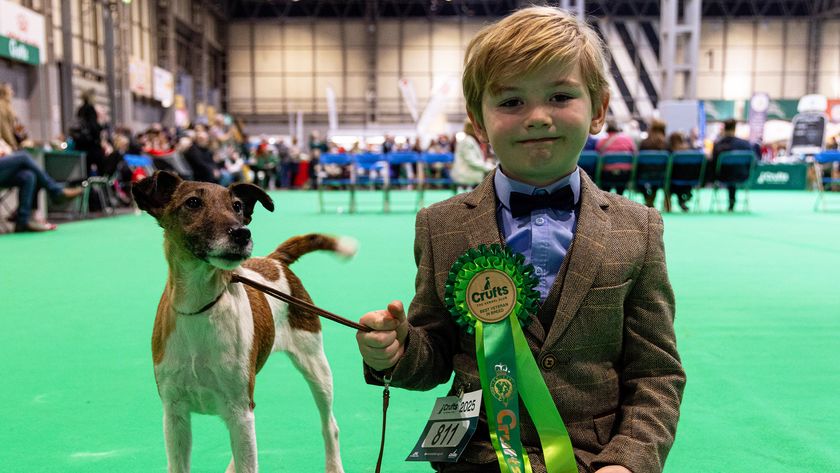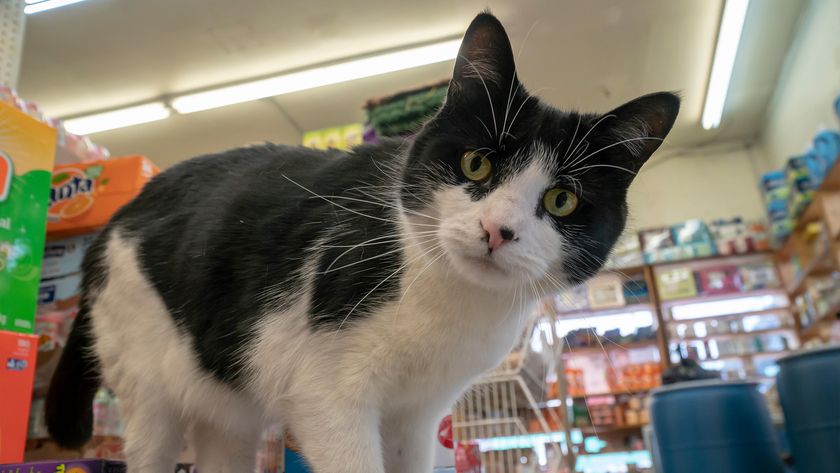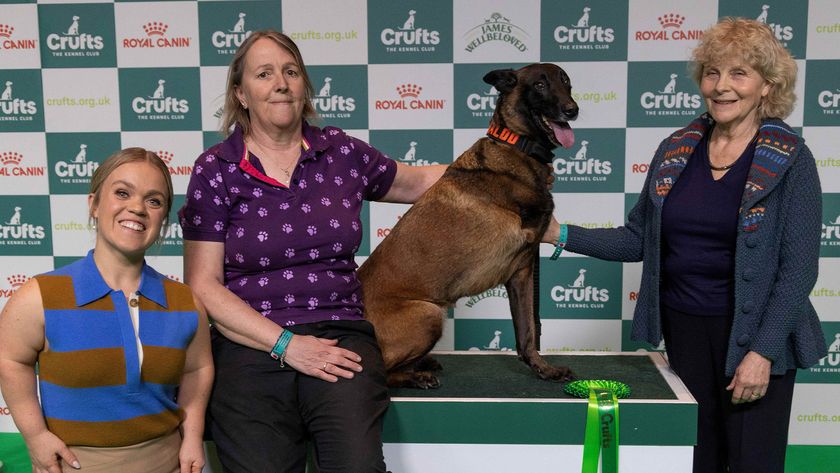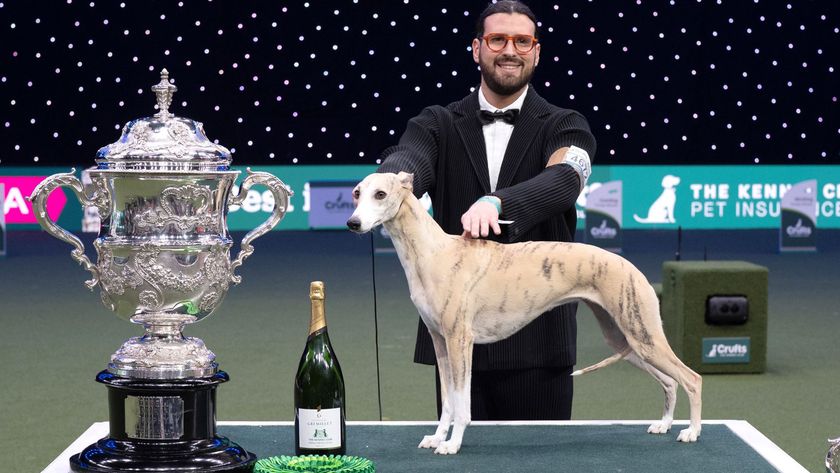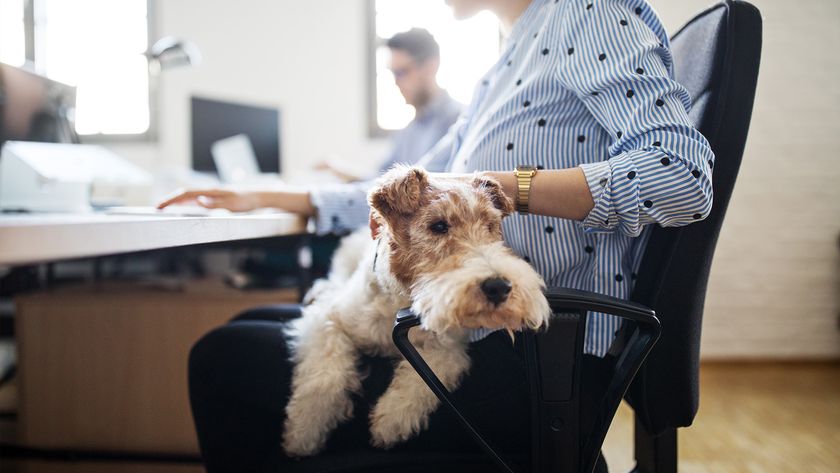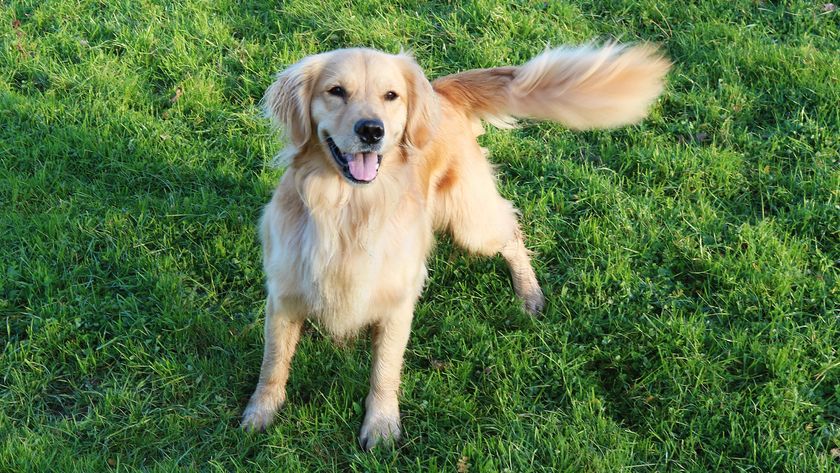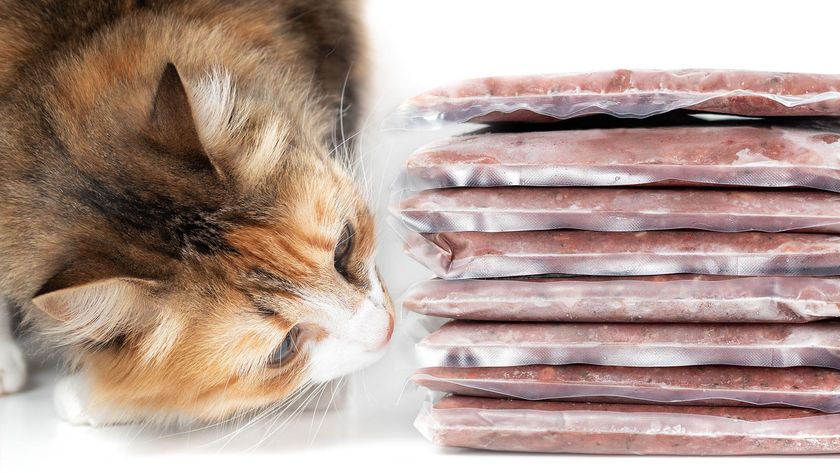Trainer reveals the one thing you can do to help your reactive dog stay calm around triggers
It sounds counterintuitive, but this trainer's tip for helping your reactive dog stay calm around triggers is genius
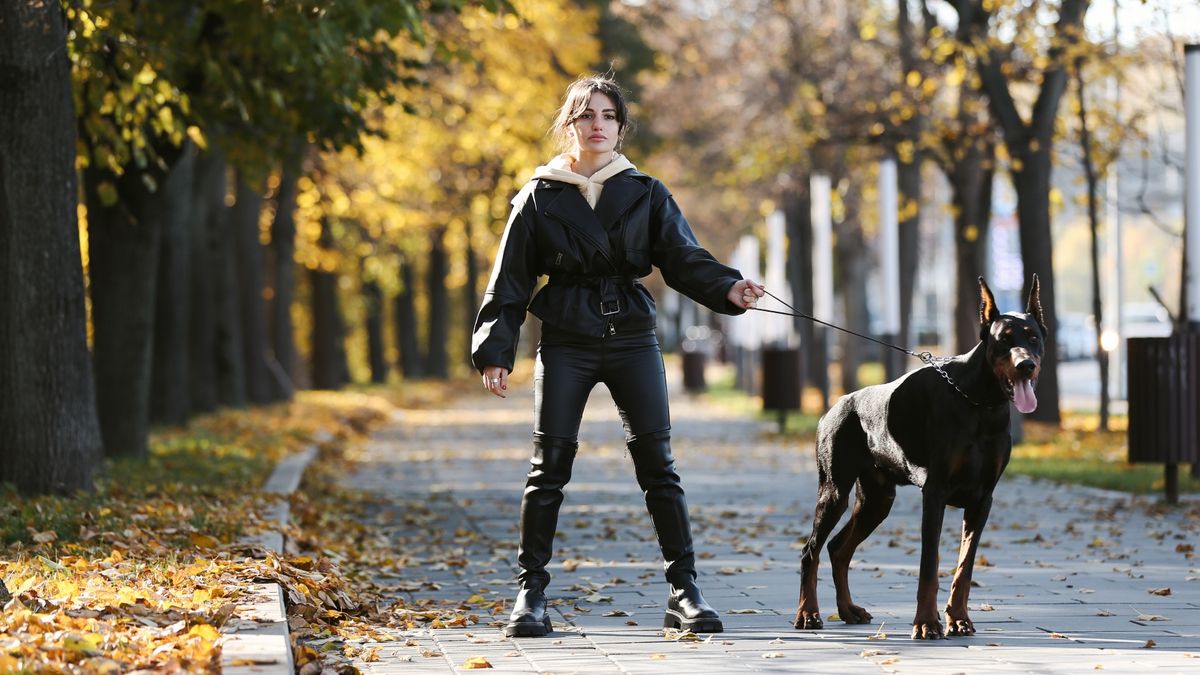
If you have a reactive dog, you've likely been working hard to try to help them to stay calm around triggers. Whether it's rewarding them with one of the tastiest longest lasting dog chews when they don't bark at the doorbell or dishing out the treats when they come into contact with strangers on a walk, your training sessions up until this point may well have been very active.
However, according to Juliana DeWillems, owner and head trainer at JW Dog Training & Behavior not every experience around a trigger can or should be a training scenario. In fact, in a video shared to Instagram which you can view below, DeWillems says that in some situations it's ok, and even ideal, to avoid a trigger altogether.
A post shared by JW Dog Training & Behavior (@jwdogtraining)
A photo posted by on
"Avoidance can feel like a bandaid when you don’t realize how it fits into the *big picture* of reactivity training," DeWillems explains. "When a dog continuously experiences triggers and goes over threshold barking and lunging the majority of the time, it is going to be extremely hard to make any progress." This is where avoidance can become a useful training tool in and of itself.
"Sometimes it's absolutely best to avoid triggers," says DeWillems. "In fact, intentionally avoiding triggers can a lot of times help you get closer to your end goal."
While avoiding triggers may sound counterintuitive when it comes to helping a reactive dog, DeWillems explains that in order to be successful around a trigger most dogs require a specific set of conditions, such as distance or low intensity.
"Being really thoughtful about what triggers you intentionally let your dog see, perceive, encounter, be around is one of the most important pieces to training success," she notes, "Because what can really hurt training and delay progress is if your dog is continuously barking and lunging at their triggers, continuously rehearsing the behavior we don't want and more importantly continuously being put into the scenario where they feel the negative emotion that is driving the reactivity."
So, what are some situations where DeWillems would avoid a trigger? "If the trigger is too close and I know that I can't get enough distance, I'm going to try to avoid," she says. "If the trigger's too intense - if the other dog is barking and I know my dog is going to have a really hard time around it. If my dog has just seen three or four triggers in a row and has done really well but I can tell that their cup is starting to get empty. If I'm having a crappy day and I don't feel like training, I will 100% avoid triggers in that scenario."
PetsRadar Newsletter
Get the best advice, tips and top tech for your beloved Pets
DeWillems stresses that every time you avoid a trigger, you're left with more energy to put towards productive and positive training sessions at a different time. "You get way more positive experiences for your dog and you skip and avoid the negative ones, again, getting you closer to your ultimate goal."
We understand how challenging having a reactive dog can be. If you've spent a lot of time trying to train your pup and have been patient and consistent but are not seeing the results you want, we recommend speaking to a professional trainer who will be able to provide you with some 1:1 support.
For more great training tips, check out our guide to how to stop a dog from jumping up.

Kathryn is a freelance writer who has been a member of the PetsRadar family since it launched in 2020. Highly experienced in her field, she's driven by a desire to provide pet parents with accurate, timely, and informative content that enables them to provide their fur friends with everything they need to thrive. Kathryn works closely with vets and trainers to ensure all articles offer the most up-to-date information across a range of pet-related fields, from insights into health and behavior issues to tips on products and training. When she’s not busy crafting the perfect sentence for her features, buying guides and news pieces, she can be found hanging out with her family (which includes one super sassy cat), drinking copious amounts of Jasmine tea and reading all the books.

